
Millennium: Return to Earth, published by Paragon Software, is a richly atmospheric strategy game that thrusts you into humanity’s desperate push to rebuild civilization beyond a ruined Earth. From a lone lunar outpost you mine asteroids, research new technology, and seed colonies across the solar system, balancing resources, morale, and defense in tense real-time management. Fans of Master of Orion and Outpost will recognize the deep strategic layers, while newcomers will appreciate its intuitive minutes-to-learn interface. Play this classic DOS game online or offline and experience timeless space survival. Its elegant mouse-driven commands keep the action smooth and absorbing.
Millennium: Return to Earth first appeared at the dawn of the 1990s, when Paragon Softwar published the DOS conversion of Ian Bird’s acclaimed Amiga original. At a time of chunky sprites and limited memory, it envisioned a plausible 22nd-century scenario: Earth lies in radioactive ruin and a handful of lunar refugees must rekindle humanity’s spark among barren worlds. Rather than focusing on battles alone, the game fuses real-time resource management, scientific discovery, trade, and subtle narrative events into a seamless experience. Its stoic yet hopeful mood still resonates decades later.
From the opening briefing, Millennium projects fragile urgency. Supplies on your lunar base dwindle and every tick of the in-game clock threatens starvation or mechanical failure. You must survey asteroids, dispatch cargo drones, and schedule construction months ahead while tracking the morale of colonists haunted by Earth’s loss. An icon-driven interface lets you glide between geology reports, colony statistics, and news flashes with a click, creating a hypnotic rhythm: gather data, plan, execute, watch months unspool. Successes feel earned because every resource is visible and every setback explained through believable system messages.
Atmospheric details deepen immersion: alarm klaxons echo when oxygen levels dip, while terse flashes hint at crew anxiety. Even the color palette, shifting from lunar grays to the rust-red of approaching Martian fleets, reinforces the narrative without resorting to cut-scenes.
Tension rises once hostile probes appear from Mars. There is no rigid mission tree; instead, story events trigger organically when research or exploration milestones are reached, ensuring no two campaigns unfold alike. That dynamic pacing, governed by planetary physics rather than arbitrary levels, still feels remarkably fresh.
Millennium’s economy is a chain: mines extract ore, smelters refine alloys, factories build ships, and labs push technology forward. Each site consumes power, oxygen, and skilled workers, creating a delicate ecosystem that rewards foresight. A Venusian base yields metals but demands constant maintenance; a Ceres station supplies water yet sits far from aid. The game communicates such trade-offs through plain-language reports, so you grapple with tangible problems instead of abstract numbers.
Research unlocks advanced reactors, gravitic drives, and terraforming pods that gradually transform once-hostile worlds into viable habitats. Each scientific breakthrough forces a dilemma: divert scarce personnel to theoretical work or keep them on crucial life-support duties? Because disasters strike unpredictably—a meteoroid breach or power-coil failure—every allocation feels consequential.
Combat punctuates the macro game. Modular ship designs let you mount railguns or lasers as research allows, and battles unfold on a vector map where velocity and ammo matter. Replacement craft take weeks to build, making every engagement weighty. Adjustable time scales keep momentum brisk, letting you zoom from dogfights to multi-year construction without frustration.
Modern browser emulation means you can play free in seconds, on desktop or mobile, with no installation. Touch controls map neatly to the original mouse interface, so whether lounging on a tablet or at a workstation, the experience remains authentic and unrestricted.
Millennium predicted later hits such as Surviving Mars by merging hard science with emergent story. It proves that deep strategy does not require bloated assets: the entire program fits on a single floppy yet can occupy players for dozens of hours. Its clear visual language makes learning quick, and open-ended victory conditions encourage personal narratives.
A dedicated community continues to debate optimal build orders decades later, and fan-devised challenge scenarios go so far as banning asteroid mining or forbidding offensive weapons entirely. These self-imposed restrictions demonstrate how resilient the core mechanics remain, inviting fresh experiments without the need for official updates.
Millennium’s audiovisual presentation, though technically modest, heightens its themes. The synthetic score drifts between contemplative drones during routine operations and brisk staccato pulses when Martian transmissions spike, nudging tension upward without on-screen clutter. Sound effects remain purposeful: the whomp of a successful launch, the hiss of an airlock cycle, the disquieting silence when a scout probe abruptly vanishes beyond Mars.
Later strategy games often silo economic, scientific, and military branches into tidy subscreens; Millennium deliberately entwines them. A manufacturing delay can ripple into postponed research, which in turn leaves defense squadrons underpowered for the next incursion. The design encourages holistic planning and systems thinking, concepts that only entered mainstream discourse years after the game’s release.
Approach without expecting hand-holding. Experimentation is the best tutor, and within a few virtual months you will grasp production chains and anticipate Martian raids. Breakthroughs like a new fuel formula that halves travel time still spark genuine excitement, as does the relief of repelling a dreadnought seconds before it reaches lunar orbit.
Millennium: Return to Earth endures because it understands the romance of rebuilding amid catastrophe. Its blend of strategic depth, real-time tension, and emergent storytelling ensures every campaign feels personal, whether you last two years or craft a thriving empire reaching Neptune. The game controls entirely with the mouse, supplemented by simple keyboard shortcuts for time scaling, remaining accessible on modern hardware. Whether you discover it as a retro curiosity or revisit fond memories, its mechanics feel immediately intelligible while retaining meaningful challenge.
All used codes are publicly available, and the game remains the intellectual property of its original authors.
Share game
Share game
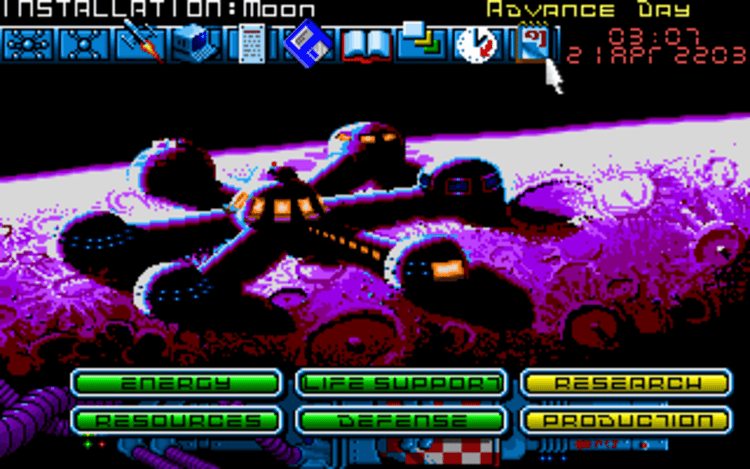

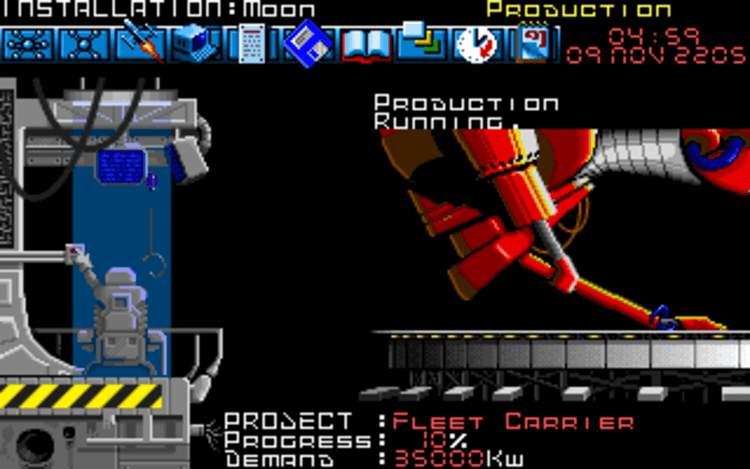
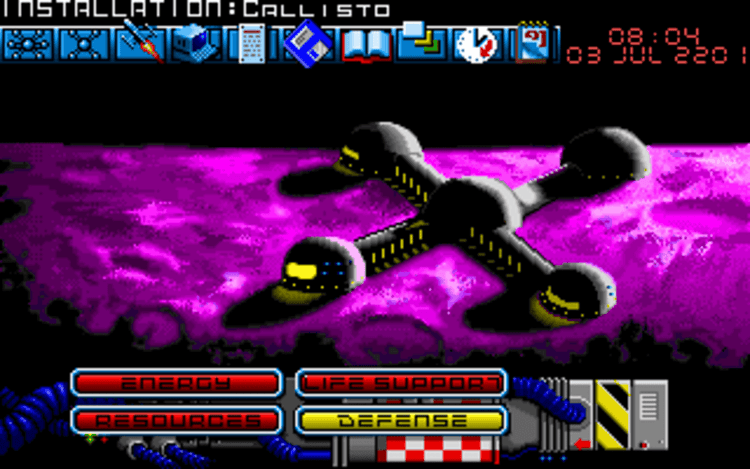
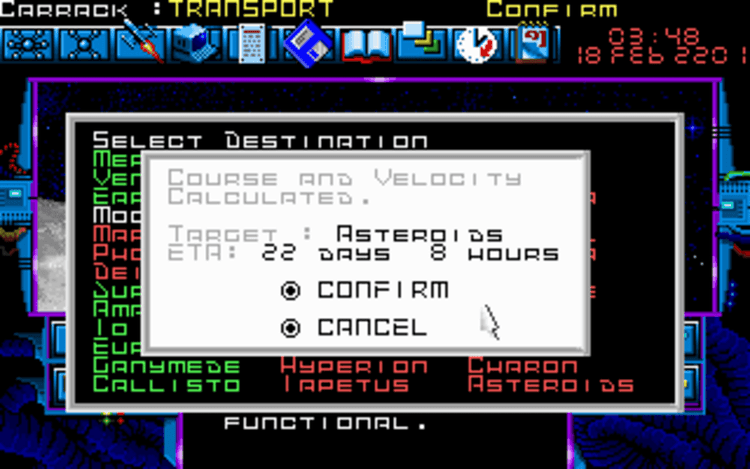
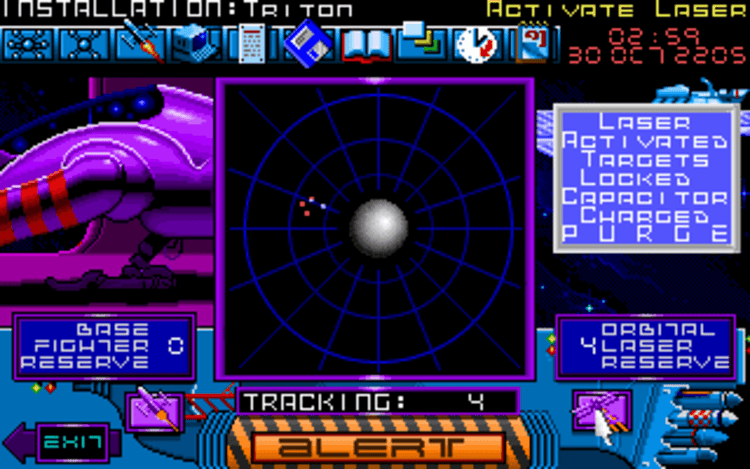
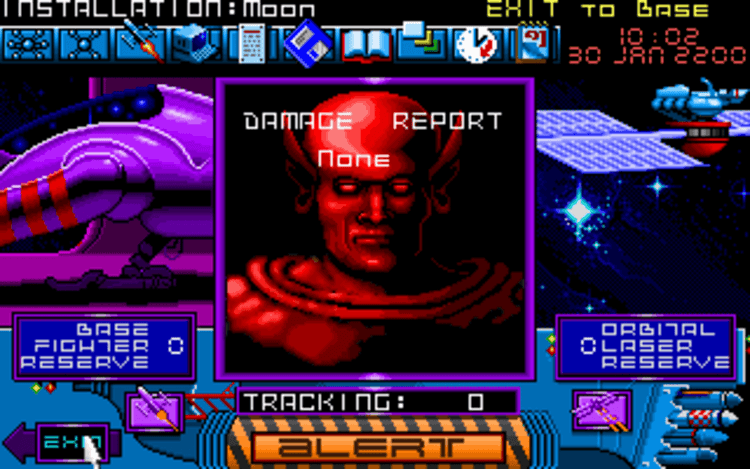

Share game